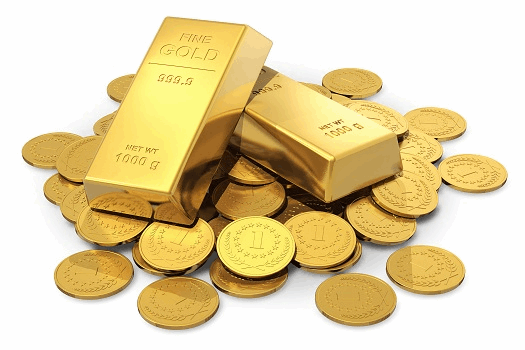What’s the Current Value of a Bullion Coin?
A “bullion coin” is generally defined as any coin primarily valued because of its precious metal content, with the two most common ones being gold and silver. When it comes to what a bullion coin is worth, the answer depends on the type of coin it is, the current going rate for the primary metal in it, and any unique features that may apply. If you’re interested in purchasing bullion coins, make sure to work with a reputable precious metals dealer such as First National Bullion and Coin. San Diego collectors should read on to learn more about bullion coin values.
The “Melt Value” Is Often the Minimum Value
Bullion coins issued by a sovereign government or official mint typically have a clear discernible value. At the very least, most reputable buyers will pay what’s considered the “melt value” of a bullion coin. For example, if you have a single-ounce gold American Eagle coin, its value would be the current price for gold at the time you’re selling it. According to Coinflation.com, the pure base metal value of the main metal in the coin is what largely determines bullion coin value. Other determining factors for circulating bullion coin values include:
• The coin’s face value
• Metal percentage
• Who issued or produced the coin
Understanding Bullion Coin Value Is Important
Bullion coins are often bought and sold based on clear values that aren’t subjective, unlike what’s common with collectible coins. This makes these coins appealing because it’s easier to plan your buying and selling strategy. Being aware of bullion coin value is important because it gives you more flexibility with what you purchase, when you decide to sell, and how these coins fit into your overall investment strategy.
Understanding bullion coin value is also important because it varies based on the type of metal used. For example, gold coins are typically worth more than silver ones largely due to gold’s higher spot value. This is good if you have gold coins you’re looking to part with but not as appealing if you’re a new buyer.
Collectible Coins Are a Different Story
Bullion coins retain face value or “metal value” even if the coins are tarnished, scratched, worn, or not in the best condition for other reasons. Collectible coins, on the other hand, are often worth more than the melt value of the coins. According to GovMint.com, the value of collectible coins is influenced by factors such as historic and aesthetic value. Other factors affecting coin worth with collectibles include:
• Demand for specific coins
• Surviving number of coins available
• Mintage
• Coin grade and condition
• Any unique history that applies, such as rare design flaws or special issues
Bullion Coins Can Become Collectible
Just because a coin is considered a standard bullion coin with a clear value that applies across the board doesn’t mean this will always be the case. Over time, circumstances can change, and collectors may value these coins more. For instance, American Silver Eagles minted prior to 2000 now have a higher value than their modern counterparts.
Whether they’re looking for the best place to buy or sell palladium bullion, silver bars, or gold coins, San Diego precious metals collectors can rely on the trustworthy professionals at First National Bullion. We can answer all your questions and help you find all the information you need on how a variety of precious metals can be a valuable part of your investment portfolio. Give one of our experienced dealers a call today at (858) 304-7580.
The statements made in this blog are opinions, and past performance is not indicative of future returns. Precious metals, like all investments, carry risk. Precious metals and coins may appreciate, depreciate, or stay the same in cash value depending on a variety of factors. First National Bullion does not guarantee, and its website and employees make no representation, that any metals for sale will appreciate sufficiently to earn the customers a profit. The decision to buy, sell, or borrow precious metals and which precious metals to purchase, borrow, or sell are made at the customer’s sole discretion.


